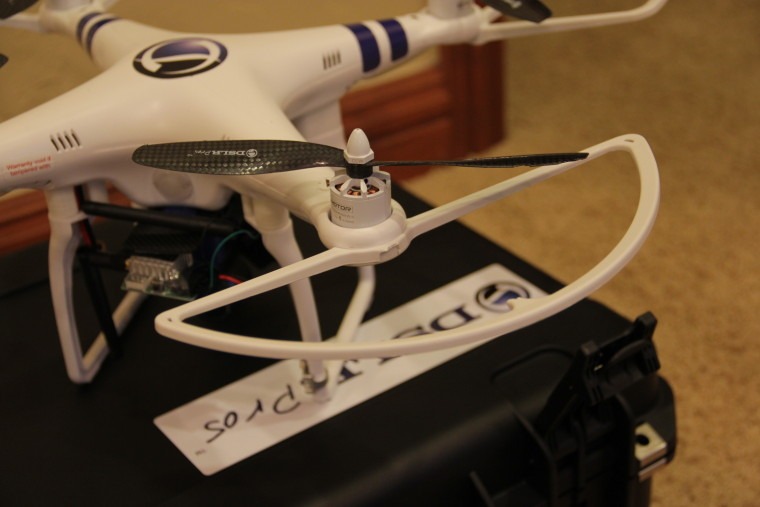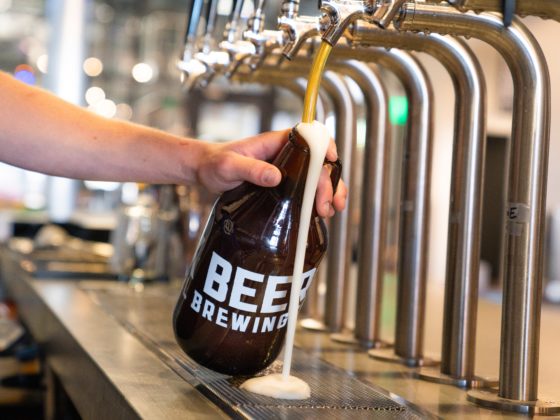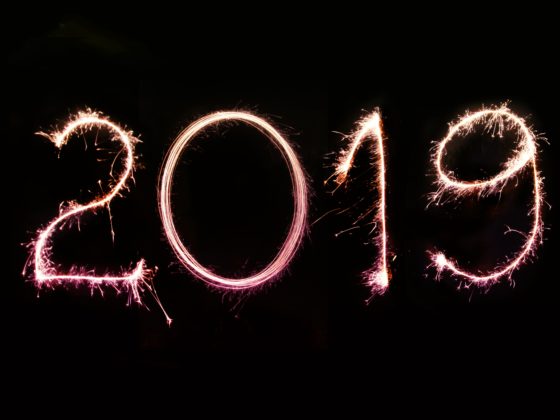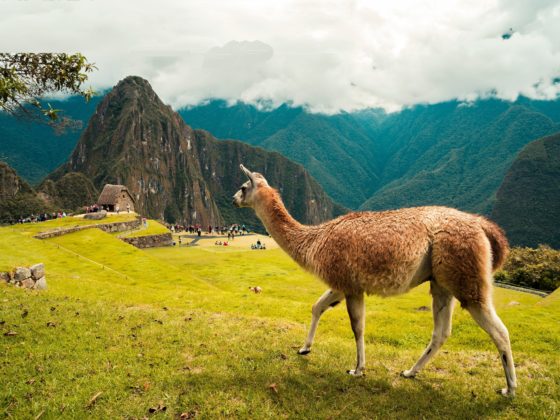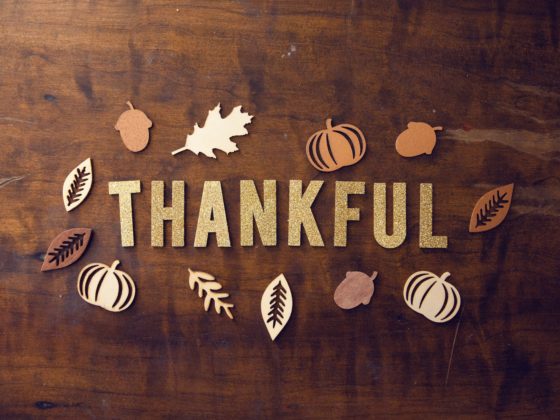Whether you’re investing in the meal that will carry you through the next several hours or signing on the vehicle that will carry you through the next several years, it’s always helpful to learn from someone else’s experiences. Here, we’ll cover the top five pros and cons of unmanned aerial vehicles (drones*) as described by one early adopter (Mark Isherwood, of Freedom House Productions).
Pros:
1. Fly Away, Home: You can program the equipment so that if you get into trouble in the air, the aircraft will go into fail-safe mode and fly “home” (the same place it took off). This prevents the worst potential fate of your fancy new equipment—fly aways (see the first con).
2. Motion Picture Images on an Indie Budget: Never before have stunning aerial shots been so accessible. With drones, small businesses can increase production value and get shots that were previously available only to major, studio-backed projects.
3. Grow Your Business: Uses for aerial photography are limitless and potential clients are already looking. Being one of the first to have the equipment and expertise to provide the service allows businesses and independent contractors to establish themselves and gain market share early on. Disclaimer: Before you build aerial photography into your business model, it’s important to consider the current state of laws surrounding drone usage (see the fifth con).
4. Minimal Learning Curve: With GPS technology already installed and the equipment retrofitted for use with a camera, you don’t have to be overly technical to succeed. Our interviewee had his GoPro in the air within seven days. The initial investment does require a good chunk of change and time to learn, but considering the alternatives (either not getting aerial shots at all or hiring a manned helicopter) the learning curve is relatively minimal.
5. It’s fun! When was the last time you got paid for playing with a high-tech remote-controlled aircraft?
Cons:
1. Fly Aways: It’s true that this whole thing is a lot of fun, but fly aways and crashes are the easiest way to be forced down from your copter high. When the remote loses its connection with the helicopter, the aircraft will continue at the same altitude and in the same direction until the battery dies.
2. Battery life: You sure can get some amazing shots, but you better be able to get them quickly. A fully-charged copter and remote control provide seven minutes of airtime. The short capacity makes it tempting to push it, but if the battery dies midair, the copter crashes. In that case, losing the copter and camera equipment may be the least of your worries: Drones can easily do damage to people, animals, or property below.
3. You might need a copter doctor: Even if you carefully prevent fly-aways and leave the battery to spare, you are likely to crash a few times before you get the hang of the equipment. Even in minor crashes, certain pieces are easy to break (it’s worth noting that some of these pieces, such as the propellers, are also easy and inexpensive to replace).
4. Learning Curve: Yes, this is (rightfully) listed as both a pro and a con. While our interviewee had the gear in the air within a week, he’s still learning to fly smoothly and has yet to feel confident enough to take his eyes off the screen. Since there are separate controls for both the camera and the copter, it’s easy to become disoriented and lose control. Getting airborne is one thing, but flying well enough to make more than a hobby of it will require some time, patience, and the ability to weather a few crashes.
5. Legal Issues: This one warrants its own post (coming soon). Permits are required for professional use and even private use is limited. The Federal Aviation Administration is currently working to address the significant gray area around the subject.
For small video production companies and independent videographers, unmanned aerial vehicles are shaping up to be the next big thing. For more on the subject, see our overview of the topic and of the gear. Stay tuned for a post on the legal concerns as well as tips from our interviewee.
*In this case, drone refers to a DJI Phantom retrofitted for a camera by the folks at DSLR Pros.
About Crew Connection: Crew Connection connects you with video production crews across the country and around the globe. With more than 25 years of experience and thousands of shoots to our credit with film crew pros, you can trust our expert coordinators to match you with the right freelance video crew and equipment every time.
